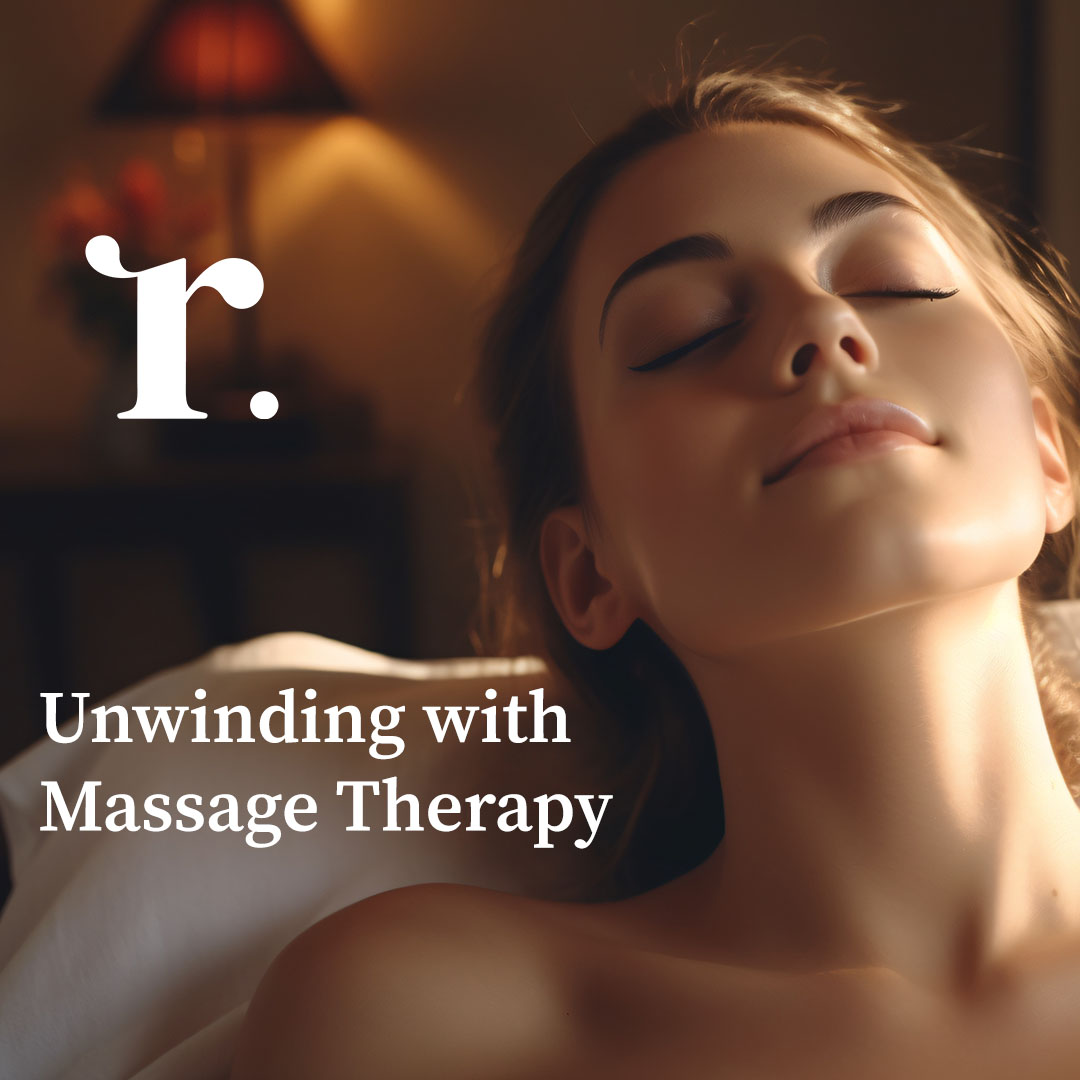
In today’s fast-paced world, muscle tension is a common complaint that many people experience. Whether it’s due to a demanding job, poor posture, or intense workouts, the tightness and discomfort can significantly impact our overall well-being. Fortunately, massage therapy offers a natural and effective solution to alleviate this tension. Let’s explore how massage therapy works to relieve muscle tightness and promote relaxation.
Understanding Muscle Tension
Muscle tension occurs when the muscles contract and remain in a state of rigidity. This can be a result of various factors, including physical stress, emotional stress, poor posture, or overuse of muscles. The effects can range from minor discomfort to severe pain, and can also lead to other issues such as headaches, reduced mobility, and impaired function.
The Science Behind Massage Therapy
Massage therapy involves the manipulation of soft tissues to enhance physical and emotional well-being. By applying pressure, rhythm, and movement to the muscles and connective tissues, massage helps to:
1. Increase Blood Flow
One of the primary benefits of massage is improved circulation. When pressure is applied to the muscles, it helps to dilate blood vessels and enhance blood flow. This increased circulation delivers more oxygen and nutrients to the muscle tissues while helping to remove metabolic waste products. This process promotes healing and reduces the buildup of lactic acid, which can contribute to muscle soreness.
2. Reduce Muscle Tension
Massage therapy targets the muscle fibers, breaking up tight knots and adhesions known as trigger points. By working through these areas, massage can help to release the built-up tension and restore normal muscle function. Techniques such as deep tissue massage and myofascial release focus on deeper layers of muscle tissue and connective tissue to address chronic tension and improve flexibility.
3. Promote Relaxation
Massage therapy stimulates the parasympathetic nervous system, which is responsible for the body’s “rest and digest” response. This leads to a reduction in the production of stress hormones like cortisol and an increase in feel-good chemicals such as endorphins. As a result, massage not only helps to relax the muscles but also fosters a sense of overall relaxation and well-being.
4. Improve Range of Motion
Tight muscles can restrict movement and flexibility. Regular massage therapy can help to increase the range of motion by stretching and lengthening the muscle fibers. Techniques such as stretching and joint mobilization during a massage can enhance joint flexibility and reduce stiffness, making everyday activities easier and more comfortable.
5. Aid in Posture Correction
Poor posture often contributes to muscle tension, especially in the neck, shoulders, and back. Massage therapy can help to address muscle imbalances and alleviate the discomfort associated with poor posture. By reducing muscle tension and promoting relaxation, massage can aid in the alignment of the spine and improve overall posture.
Types of Massage Therapy for Muscle Tension
There are various types of massage techniques that can be effective in relieving muscle tension:
- Swedish Massage: Uses gentle strokes to promote relaxation and improve circulation. It’s ideal for those new to massage or seeking a general relaxation experience.
- Deep Tissue Massage: Focuses on the deeper layers of muscle tissue to target chronic tension and stiffness.
- Trigger Point Therapy: Concentrates on specific points of muscle tightness to relieve localized pain and discomfort.
- Myofascial Release: Targets the fascia, the connective tissue surrounding muscles, to release restrictions and improve movement.
Incorporating Massage Therapy into Your Routine
For optimal benefits, consider incorporating massage therapy into your regular wellness routine. Whether you opt for weekly sessions or periodic treatments based on your needs, regular massage can help to manage muscle tension, reduce stress, and enhance your overall quality of life.
Additionally, complementing massage therapy with other practices such as stretching, proper hydration, and stress management techniques can further support muscle health and relaxation.
Conclusion
Massage therapy is more than just a luxurious indulgence; it’s a powerful tool for managing and alleviating muscle tension. By increasing blood flow, reducing tension, promoting relaxation, and improving range of motion, massage can significantly enhance your physical and emotional well-being. So the next time you feel the weight of muscle tension bearing down on you, consider treating yourself to a rejuvenating massage and experience the soothing relief it can provide.